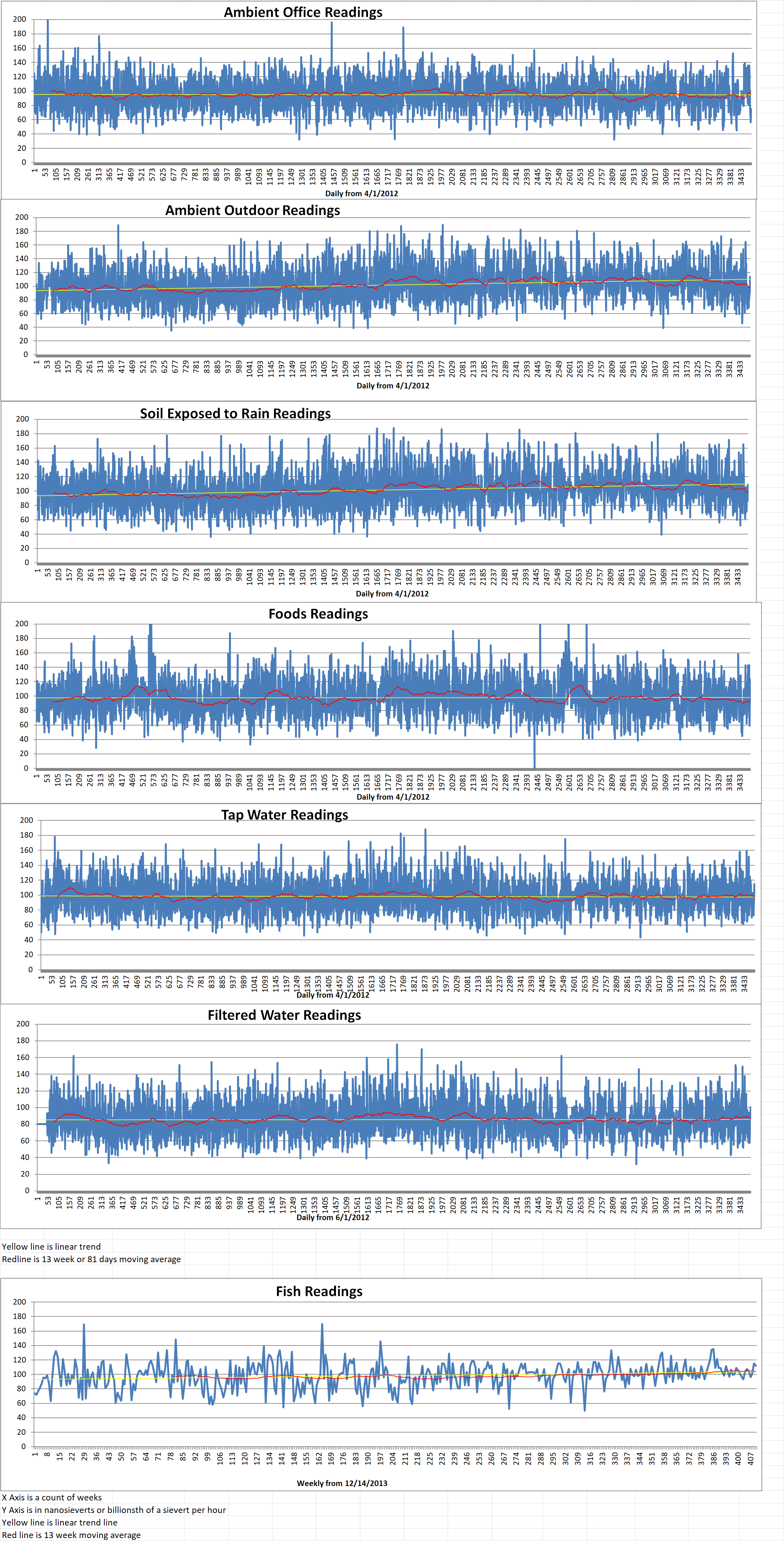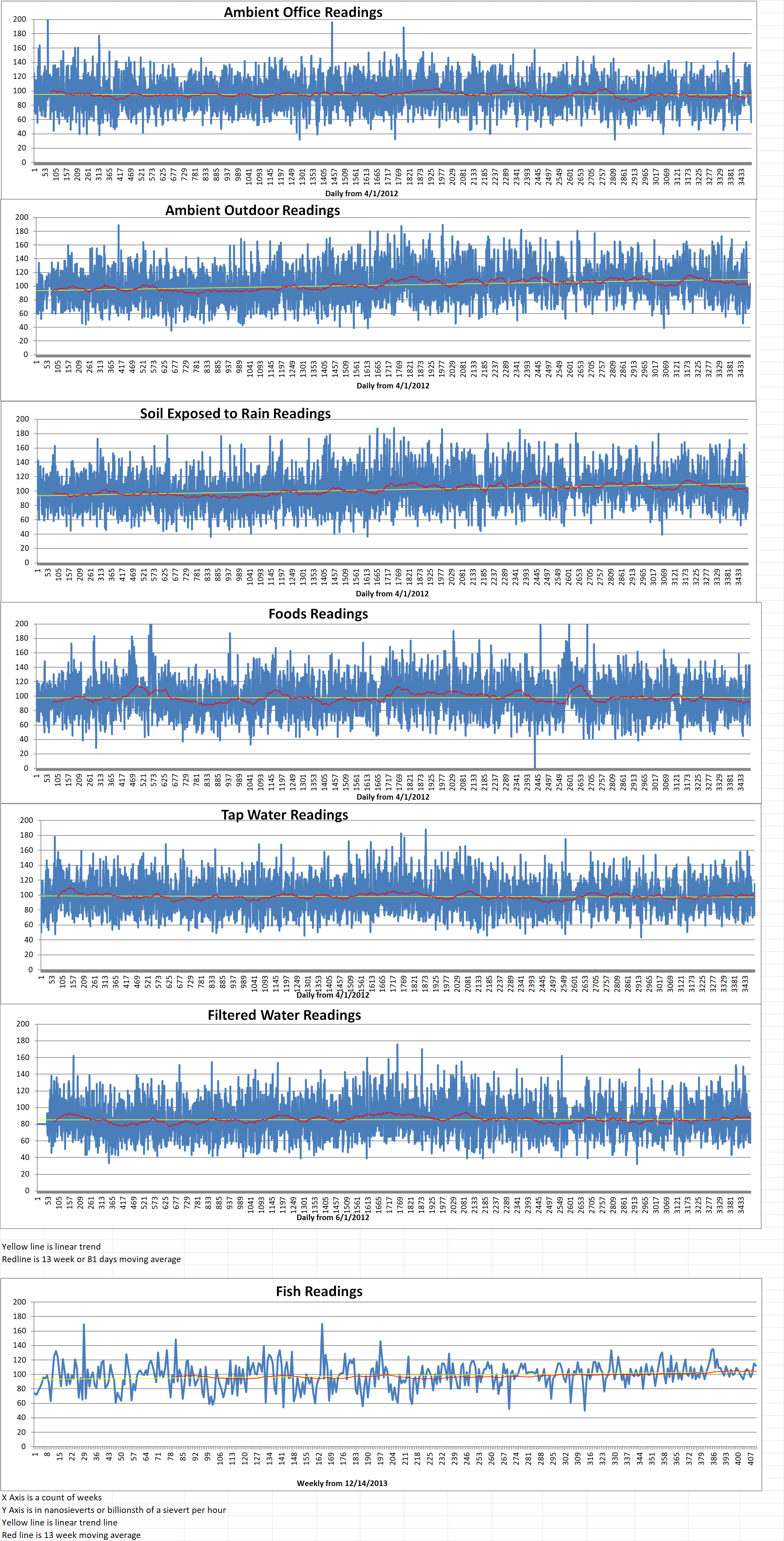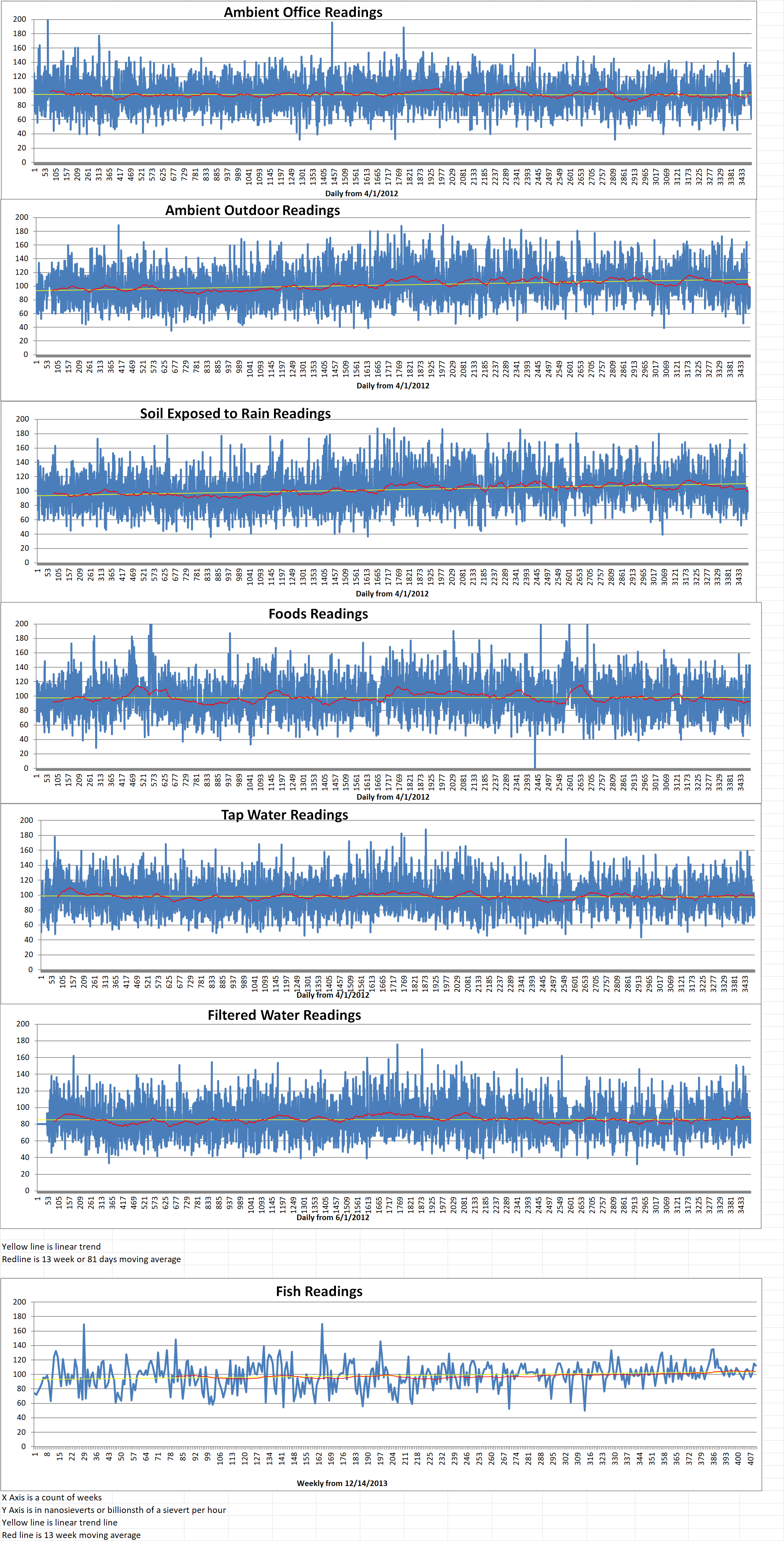Officials at the Los Alamos National Laboratory are reiterating their promise to focus on cleaning up Cold War-era contamination left by decades of research and bomb-making. However, New Mexico environmental officials and watchdog groups remain concerned about the pace and the likelihood that the U.S. government has significantly understated its environmental liability at the Laboratory.
Michael Mikolanis is the head of the DOE’s Office of Environmental Management at Los Alamos. He addressed questions about a 2021 independent audit that discovered that the agencies liability for environmental cleanup topped more than a half a trillion dollars for the last fiscal year and is growing. That includes an understated liability at the Laboratory by more than eight hundred and eighty million dollars. Mikolanis confirmed that a recently conducted review turned up new information that increased the liabilities for cleanup beyond what officials previously understood.
Mikolanis said “Certainly can’t say yes or tell you no that the date is being changed but obviously with increased scope … either we would need additional funding to do that or stretch out the dates. We are currently evaluating that. We have made no decision.”
The U.S. Department of Energy (DoE) is facing a legal challenge by the state of New Mexico over setting and meeting the milestones of its current cleanup agreement with the state which was signed in 2016. New Mexico officials found that the federal government’s plan for the previous fiscal year to be deficient.
Nuclear watchdog groups said it wasn’t until the state sued the federal government in February 2021 that the DoE proposed boosting the cleanup budget at the lab by about one-third. Before that, budgets were flat. The watchdogs argued that the DoE has no incentive to seek more funding.
Jay Coghlan is executive director of Nuclear Watch New Mexico. He said, “The conclusion I draw from it is the New Mexico Environment Department gets a lot more from the stick than it does from the carrot with respect to making the laboratory and DOE truly committed to comprehensive cleanup.”
Chris Catechis is the director of the New Mexico Environment Department’s resource protection division. He said during the meeting that in spite of the pending litigation, the state wants to continue working with federal officials on moving the needle when it comes to addressing plumes of chromium contamination, the removal of tons of contaminated soil and other projects at the Laboratory. Catechis said, “We agree that we don’t feel the cleanup is moving as quickly as we’d like to see it but with that said, we don’t want to walk away from the process.”
Some elected officials and other critics also raised concerns about how the federal government plan to boost production at the Laboratory of the plutonium cores used in the U.S. nuclear arsenal will result in additional waste that will add to disposal liabilities.
Officials indicated during the meeting that the National Nuclear Security Administration has funding for a facility-wide environmental review of operations. While they declined to provide more details, advocates have argued for years that the environmental consequences and cost-effectiveness of operations at the Laboratory deserve more scrutiny.
Blog
-

Radioactive Waste 835 – New Mexico is Challenging The Los Alamos National Laboratory About Cleanup
-
Nuclear News Roundup Jan 11, 2022
Contract awarded for planning of Asse II facilities world-nucleawr-news.org
Heysham 2 and Torness end dates brought forward by EDF world-nucleawr-news.org
US sanctions North Koreans, citing ‘ballistic missile’ tests Aljazeera.com
Applications made to build El Dabaa units 3 and 4 world-nuclear-news.org
-

Geiger Readings for Jan 11, 2022
Ambient office = 72 nanosieverts per hour
Ambient outside = 106 nanosieverts per hour
Soil exposed to rain water = 100 nanosieverts per hour
Red bell pepper from Central Market = 123 nanosieverts per hour
Tap water = 106 nanosieverts per hour
Filter water = 101 nanosieverts per hour
-

Radioactive Waste 835 – New Mexico is Challenging The Los Alamos National Laboratory About Cleanup
Officials at the Los Alamos National Laboratory are reiterating their promise to focus on cleaning up Cold War-era contamination left by decades of research and bomb-making. However, New Mexico environmental officials and watchdog groups remain concerned about the pace and the likelihood that the U.S. government has significantly understated its environmental liability at the Laboratory.
Michael Mikolanis is the head of the DOE’s Office of Environmental Management at Los Alamos. He addressed questions about a 2021 independent audit that discovered that the agencies liability for environmental cleanup topped more than a half a trillion dollars for the last fiscal year and is growing. That includes an understated liability at the Laboratory by more than eight hundred and eighty million dollars. Mikolanis confirmed that a recently conducted review turned up new information that increased the liabilities for cleanup beyond what officials previously understood.
Mikolanis said “Certainly can’t say yes or tell you no that the date is being changed but obviously with increased scope … either we would need additional funding to do that or stretch out the dates. We are currently evaluating that. We have made no decision.”
The U.S. Department of Energy (DoE) is facing a legal challenge by the state of New Mexico over setting and meeting the milestones of its current cleanup agreement with the state which was signed in 2016. New Mexico officials found that the federal government’s plan for the previous fiscal year to be deficient.
Nuclear watchdog groups said it wasn’t until the state sued the federal government in February 2021 that the DoE proposed boosting the cleanup budget at the lab by about one-third. Before that, budgets were flat. The watchdogs argued that the DoE has no incentive to seek more funding.
Jay Coghlan is executive director of Nuclear Watch New Mexico. He said, “The conclusion I draw from it is the New Mexico Environment Department gets a lot more from the stick than it does from the carrot with respect to making the laboratory and DOE truly committed to comprehensive cleanup.”
Chris Catechis is the director of the New Mexico Environment Department’s resource protection division. He said during the meeting that in spite of the pending litigation, the state wants to continue working with federal officials on moving the needle when it comes to addressing plumes of chromium contamination, the removal of tons of contaminated soil and other projects at the Laboratory. Catechis said, “We agree that we don’t feel the cleanup is moving as quickly as we’d like to see it but with that said, we don’t want to walk away from the process.”
Some elected officials and other critics also raised concerns about how the federal government plan to boost production at the Laboratory of the plutonium cores used in the U.S. nuclear arsenal will result in additional waste that will add to disposal liabilities.
Officials indicated during the meeting that the National Nuclear Security Administration has funding for a facility-wide environmental review of operations. While they declined to provide more details, advocates have argued for years that the environmental consequences and cost-effectiveness of operations at the Laboratory deserve more scrutiny. -
Nuclear News Roundup Jan 10, 2022
USNC licenses 3D printing for reactor component manufacture world-nuclear-news.org
Bruce Power harvests cobalt-60 to sterilize medical equipment world-nuclear-news.org
LA Times flamed for advocating closure of California nuclear power plant, citing climate change fight foxnews.com
Reprocessing contract signed for fast reactor complex world-nuclear-news.org
-

Geiger Readings for Jan 10, 2022
Ambient office = 75 nanosieverts per hour
Ambient outside = 114 nanosieverts per hour
Soil exposed to rain water = 109 nanosieverts per hour
Pineapple from Central Market = 107 nanosieverts per hour
Tap water = 100 nanosieverts per hour
Filter water = 87 nanosieverts per hour
-
Nuclear News Roundup Jan 09, 2022
Penn State College Of Engineering To Expand On-Campus Nuclear Reactor onwardstate.com
Kazatomprom says operations ‘normal’ despite unrest world-nuclear-news.org
EU needs ‘colossal’ investment in new nuclear, says commissioner world-nuclear-news.org
New Mexico Church Official Urges Nuclear Disarmament Talks usnews.com
-

Geiger Readings for Jan 09, 2022
Ambient office = 56 nanosieverts per hour
Ambient outside = 104 nanosieverts per hour
Soil exposed to rain water = 104 nanosieverts per hour
Jalepeno pepper from Central Market = 65 nanosieverts per hour
Tap water = 115 nanosieverts per hour
Filter water = 93 nanosieverts per hour
-
Nuclear News Roundup Jan 08, 2022
Iran rules out prospect of an interim nuclear agreement in Vienna timesofisrael.com
Iran’s foreign minister in Qatar for talks after visiting Oman Aljazeera.com
Iran’s foreign minister says nuclear deal could be close thenationalnews.com
Sirens around Oconee Nuclear Station to be tested this week foxcarolina.com
-

Geiger Readings for Jan 08, 2022
Ambient office = 61 nanosieverts per hour
Ambient outside = 90 nanosieverts per hour
Soil exposed to rain water = 87 nanosieverts per hour
Iceberg lettuce from Central Market = 59 nanosieverts per hour
Tap water = 93 nanosieverts per hour
Filter water = 87 nanosieverts per hour
Dover sole = 112 nanosieverts per hour
